This post may contain affiliate links and I may earn compensation when you purchase through these links at no additional cost to you. Thank you for the support!
Ahhh, Savasana! When you hear the yoga teacher say that it’s time for Savasana, inside you give a little cheer. Yay, it’s time to rest, relax and do nothing!
By its appearance, the pose looks deceivingly simple. You just lie on your back and veg out, right? What’s hard about that?
Although it looks easy, Savasana has been called the most difficult of the asanas to master by many gurus.
This post contains affiliate links. If you make a purchase through a link, I may earn a small commission at no extra cost to you.
Purpose of Savasana
Savasana, also known as Corpse Pose is meant to be a pose of total and deep relaxation. In Savasana, we strive to quiet the chatter in our minds as we remain fully conscious. We attempt to eliminate tension from our bodies and our minds as we lie completely still. We remain fully awake and aware as we relax and surrender completely.
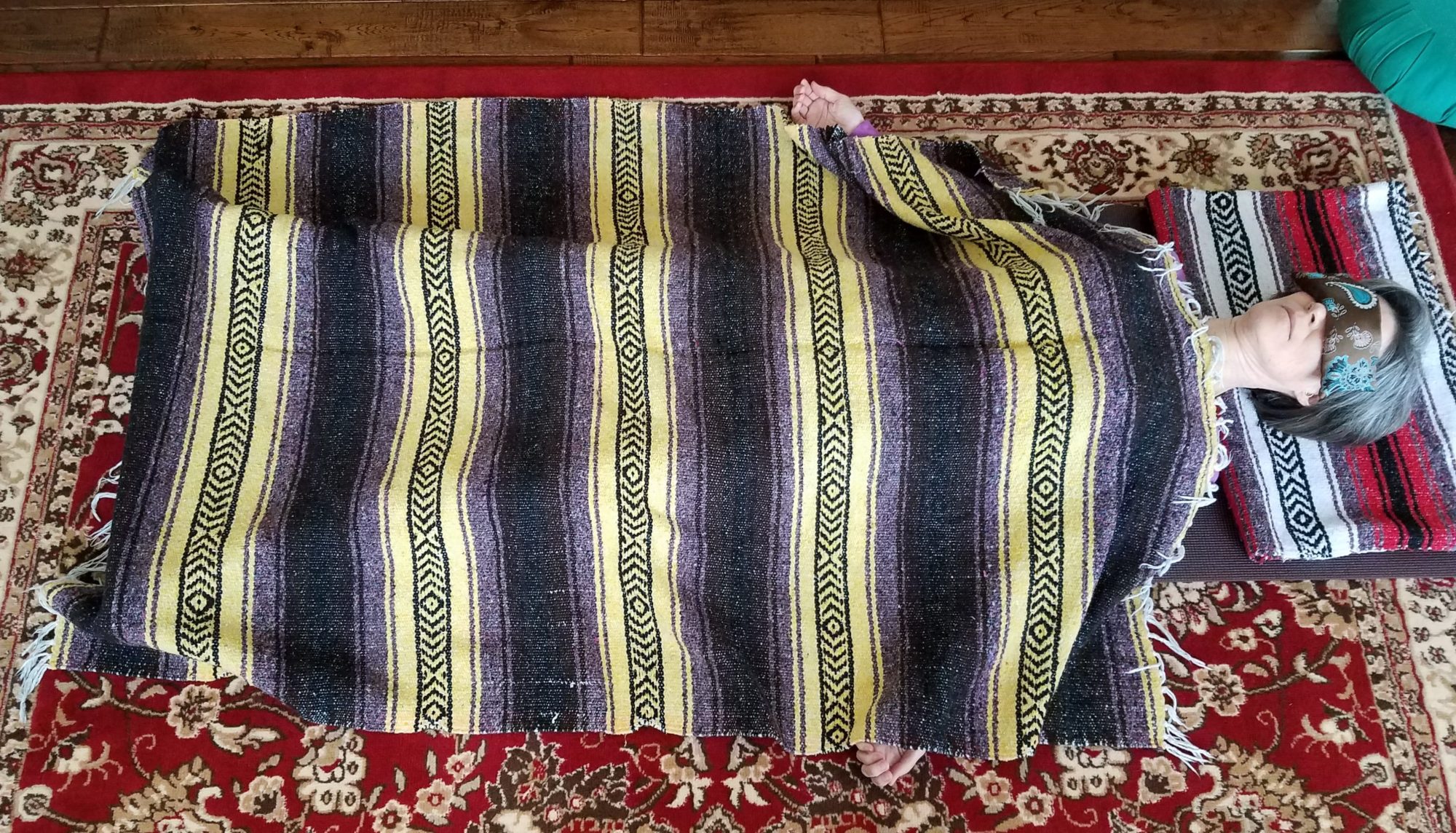
Challenges in Savasana
The art of Savasana is harder than it looks.
Our minds will resist our attempts to relax fully. The mind will wander off into the future, e.g. thinking about what’s for dinner, reviewing your to-do list, planning for a meeting tomorrow, etc.
Our bodies too will cause distractions that make surrendering in the pose a challenge. We may feel a nagging pain or itch. Perhaps we just cannot be still, or we feel cold.
Sometimes we struggle to stay fully conscious in the pose and we fall asleep. We need to have compassion for ourselves recognizing that our bodies need rest. With practice, you will be able to train yourself to remain awake and fully conscious, and also get the rest you need during Savasana.
Why Practice Savasana
In our current times, multi-tasking and producing more at a faster pace is highly valued. Learning and cultivating the art of Savasana is more important than ever. Not everything important happens only when we are moving and doing. In the stillness of Savasana, we can find clarity, connection, peace, and joy. These feelings can arise from this state of ease and relaxation that we can achieve in Savasana. We can experience a taste of what meditation can offer.
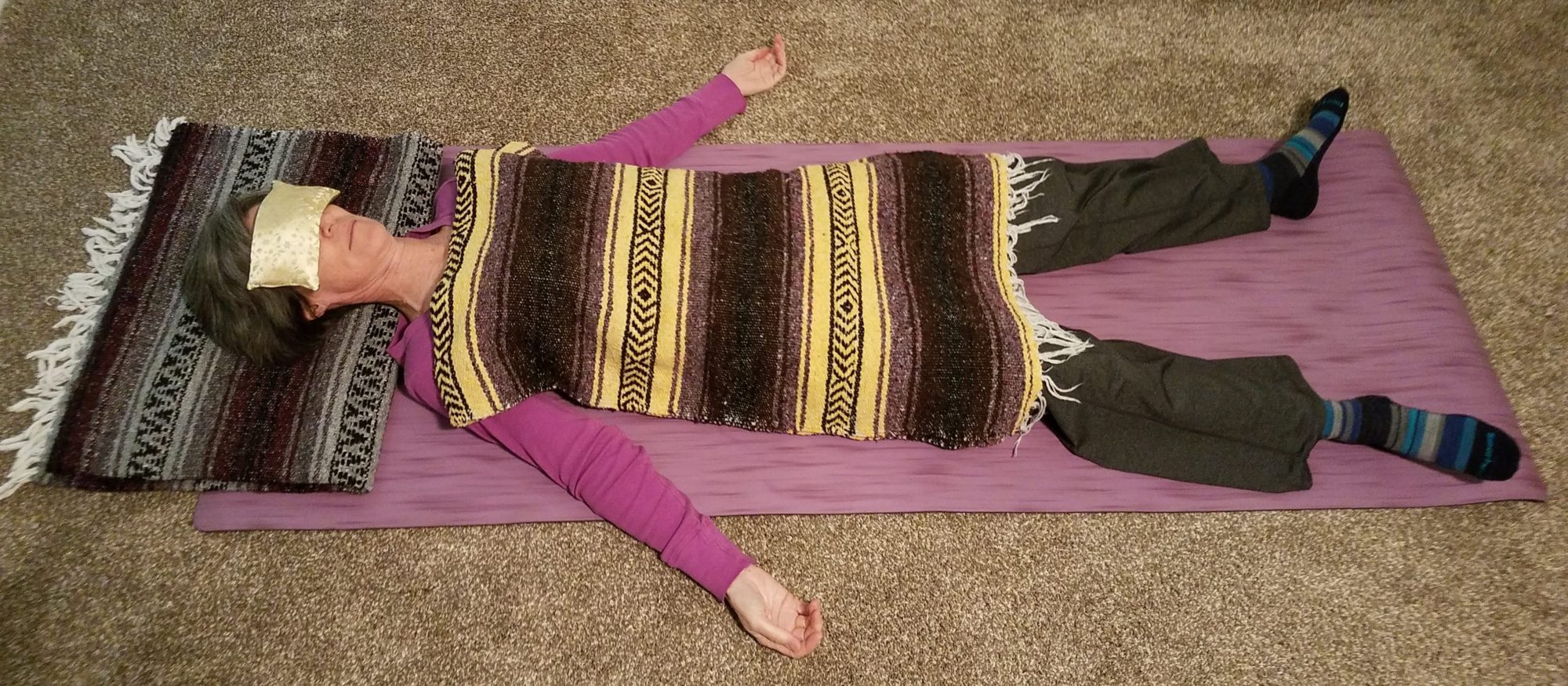
Set Up for Savasana
- Come to lie on your back on your yoga mat (I use this yoga mat). Let the legs fall open and relax. Position the legs about as far apart as the width of the mat.
- The arms are away from the body with the palms up. Let the fingers curl up as you relax the hands.
- Bring the shoulder blades in toward each other and slide them down the back. You will find this helps the shoulders to lie more flat on the mat.
Tips for a Successful Savasana
Prepare for relaxation. Take a full-body stretch with the arms overhead and reach through the toes in the opposite direction. When you get your body situated (with props – see below) take a full deep breath in and out.
Decrease distractions. Reduce extraneous noise or practice in an area with less noise. Dim or turn off the lights, close the curtains/shades to minimize distracting light, or use an eye pillow. Play soft music or practice in silence.
 Use my promo code AMB-5952 for 20 % off any subscription or program!
Use my promo code AMB-5952 for 20 % off any subscription or program!
Comfort is key. Use props! In order to be able to relax and surrender you need to be as comfortable as possible. Props can help you find more ease in the pose. Here are a few suggestions for how to use a few standard props:
- Blanket – If the floor is chilly, place a blanket underneath your body. Cover up with a blanket for warmth and security. Place a folded blanket over the abdomen. Place a folded blanket under the head. Ideally, the forehead should be slightly higher than the chin. Roll up a blanket and place it under the knees, this can be helpful for low back tension. I frequently use several, as can be seen in the pictures!
- Eye Pillow – Place a scented/unscented eye pillow over the eyes to decrease light distractions. The weight/scent/temperature of the eye pillow can be soothing. Eye pillows can be heated to bring an even more serene experience. When teaching, I heat eye pillows on a heating pad during class so they are ready for students to use during Savasana.
- Blocks – Blocks can be placed under the knees.
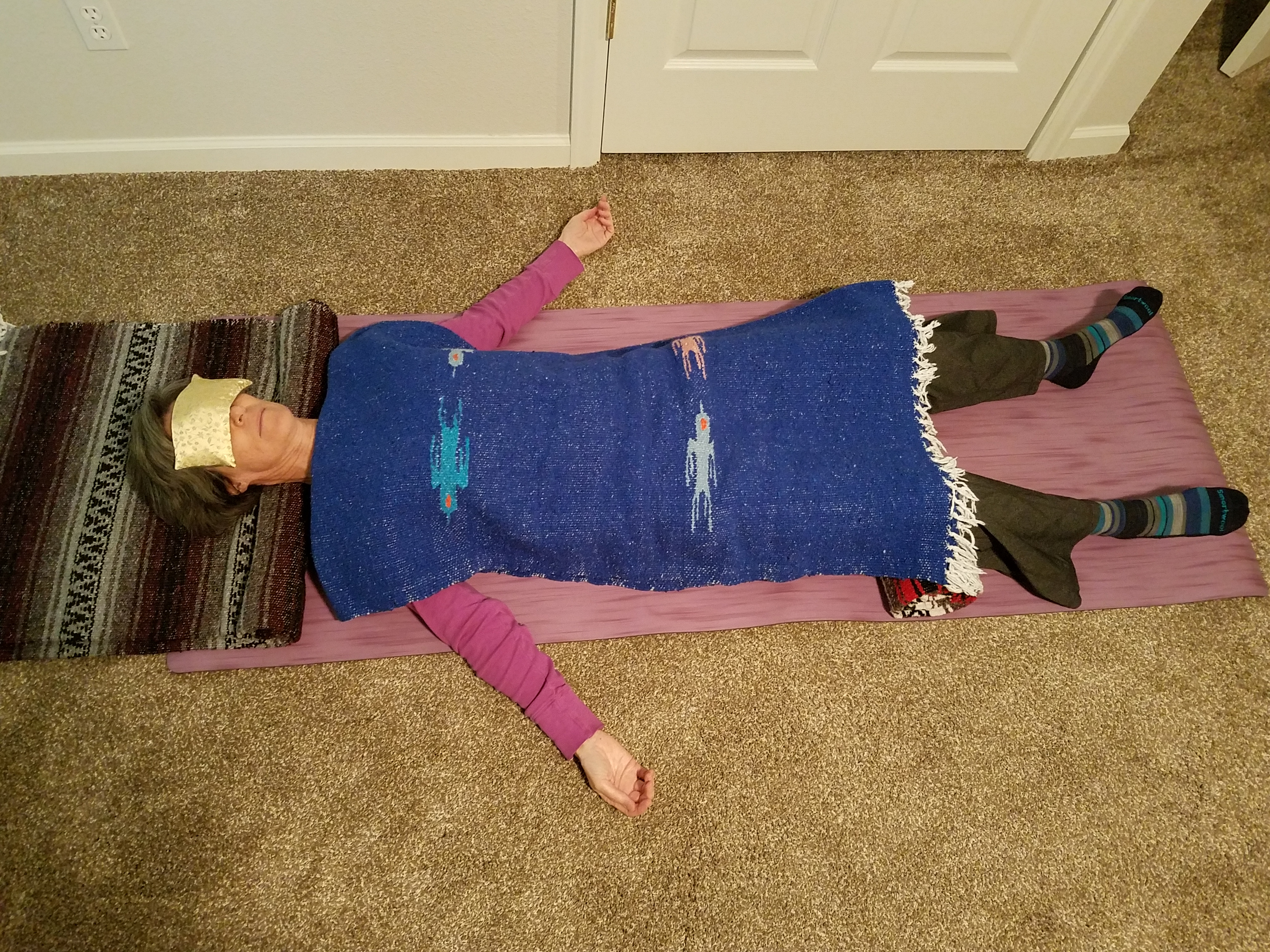
Full body scan – Once settled, take a brief scan through the body and see if you can identify any areas of tension. Start at the top of the head and slowly work your way down through the body. When you find tension, consciously release the tension using the breath to assist. Exhale and release.
It can be helpful to bring your awareness to the physical sensations of breathing. Feel the rise and fall of the chest and belly with each breath. Notice the movement of the ribs and breastbone. Listen to the sound of the breath.
You can set a timer for the length of your savasana. If you are coming into savasana after a yoga asana practice, it is recommended that you spend 10 minutes in the pose for a 60-minute yoga class (50 minutes asana, 10 minutes of Savasana).
Benefits of Savasana
Practicing savasana benefits our mind, body, and spirit. Yoga teachers agree that savasana is an essential pose in the practice and it should not be skipped.
This pose provides a release from muscular tension in the body. We experience stress relief as we come into the present moment and connect with our breath. This pose helps us to learn to surrender, to make space for peace, quiet, and stillness in our bodies and our minds. We cultivate a sense of peace and joy within as we tap into our inner wisdom. Over time you will notice the lengthening of the sweet gaps of quietness that come between the thoughts.
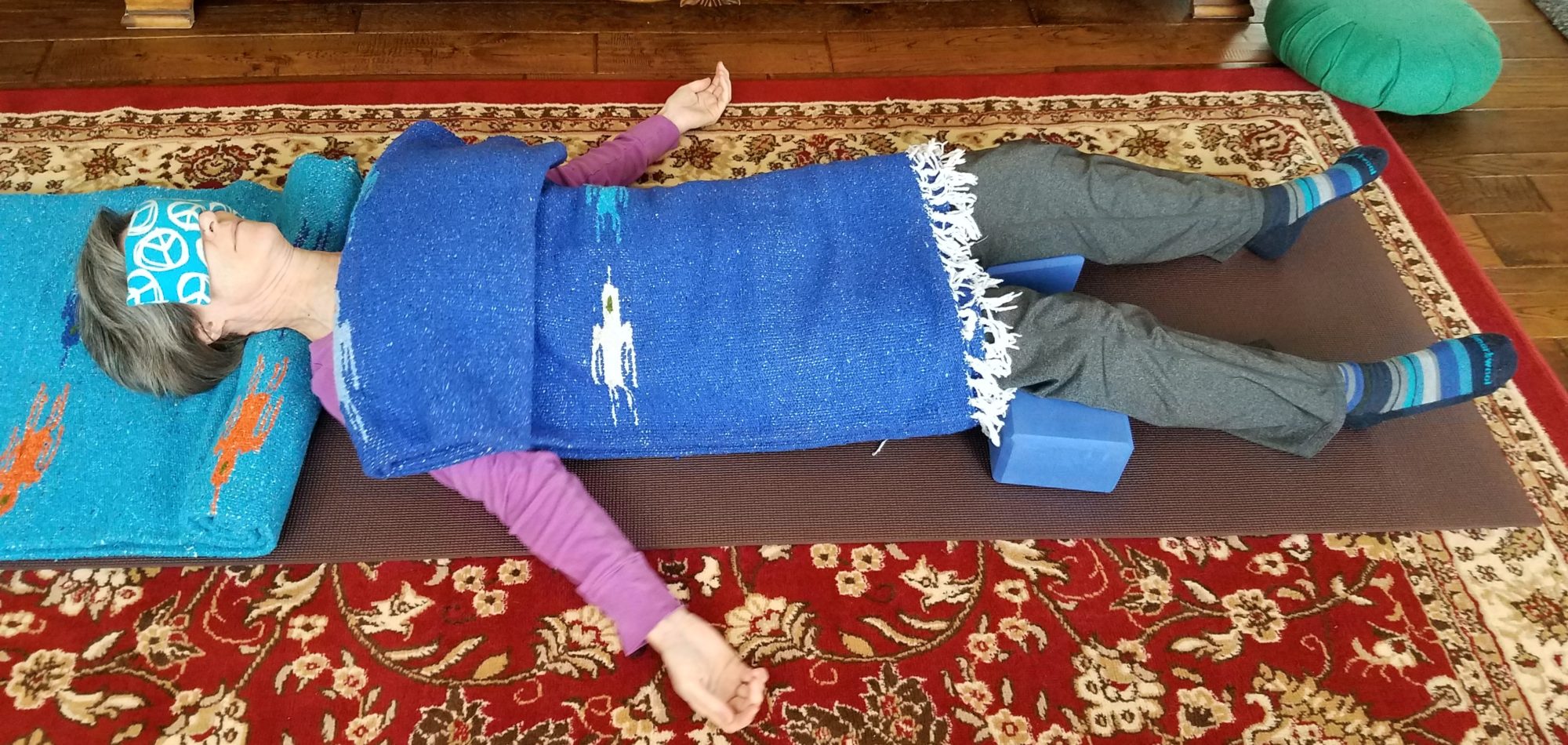
Savasana is typically the last pose is a yoga class. This pose deserves as much attention as any of the physically demanding poses that we may perform throughout the asana portion of the class.
Most yoga teachers will agree, it is the most important of all the asanas (poses) that you will perform during a yoga class.
It is my recommendation whether you take a yoga class at a studio or gym, or if you do your own yoga practice at home that you make sacred the time spent in Savasana.
Savasana can follow your regular yoga practice or you can practice this pose by itself! When my daughter was in her early teens she would often ask me to do a guided Savasana for her. So I would help her get set up and guide her through a Savasana for her, to help her relax in the pose and stay in the present moment. We would do this in the evening before bed.
Find a yoga class perfect for you at YogaDownload.com and don’t forget to practice savasana at the end of your class!
Is Savasana your favorite yoga pose? Do you find Savasana to be challenging? Please comment below. Share this post with others that may be interested!
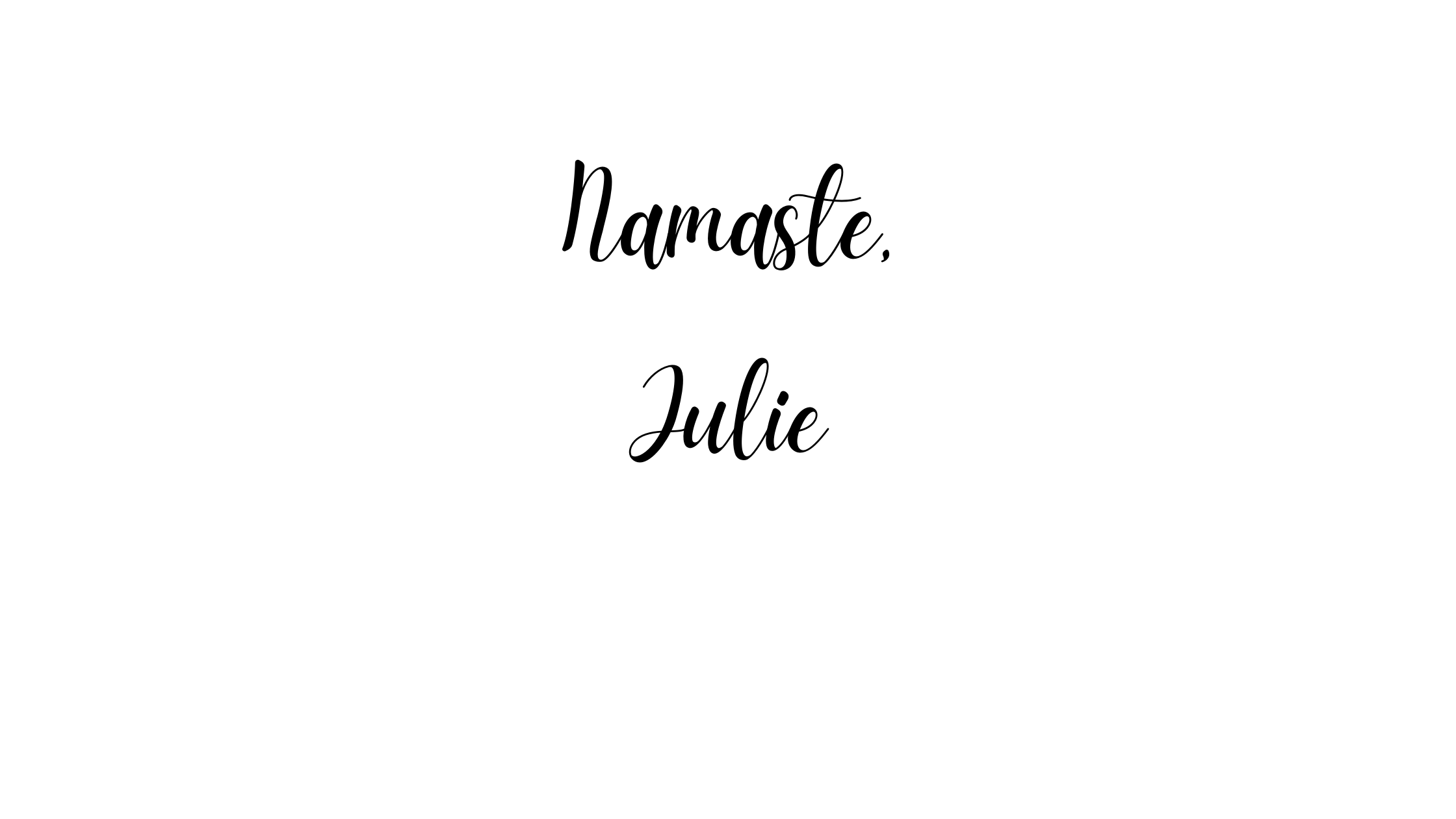
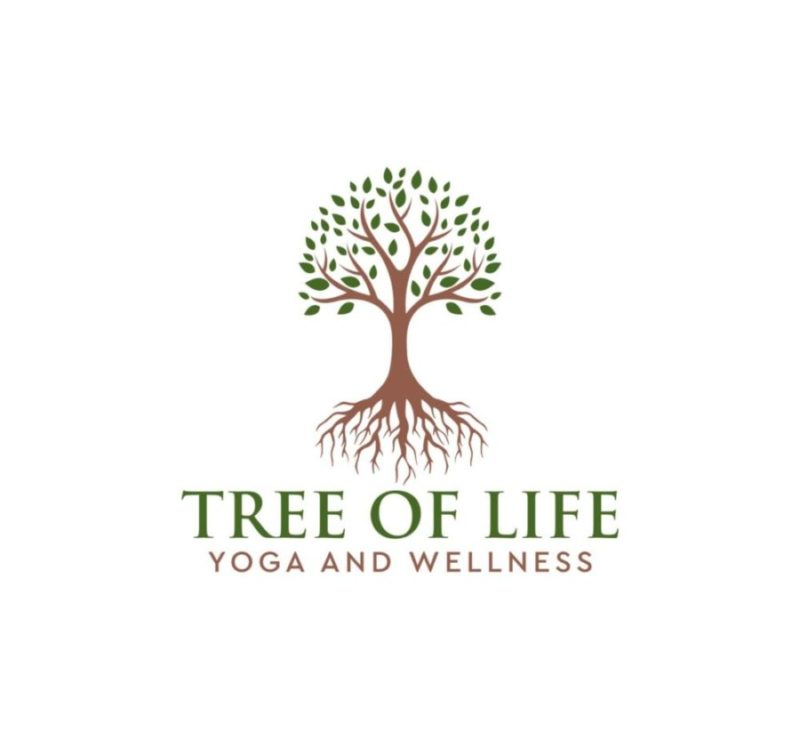
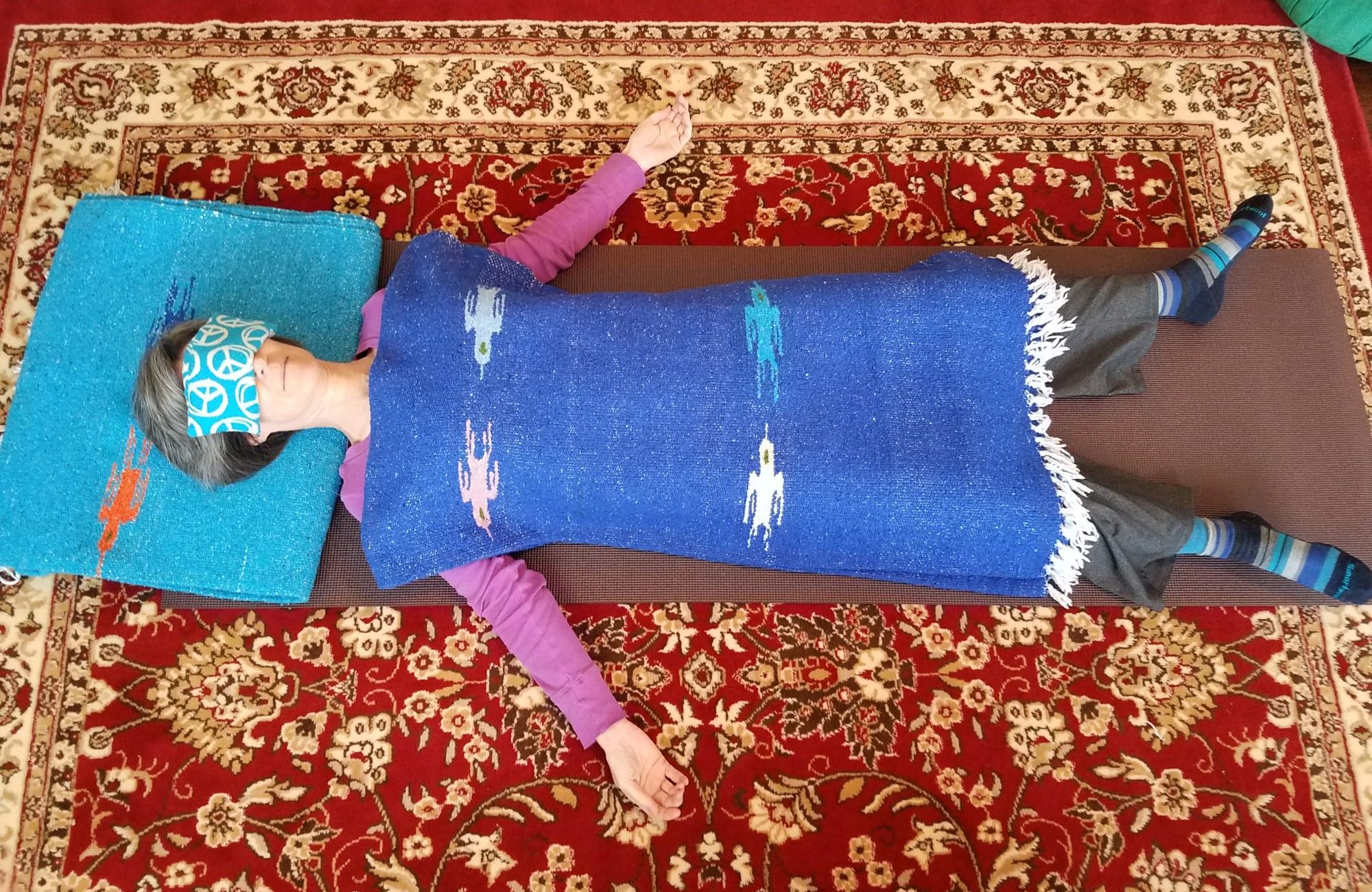








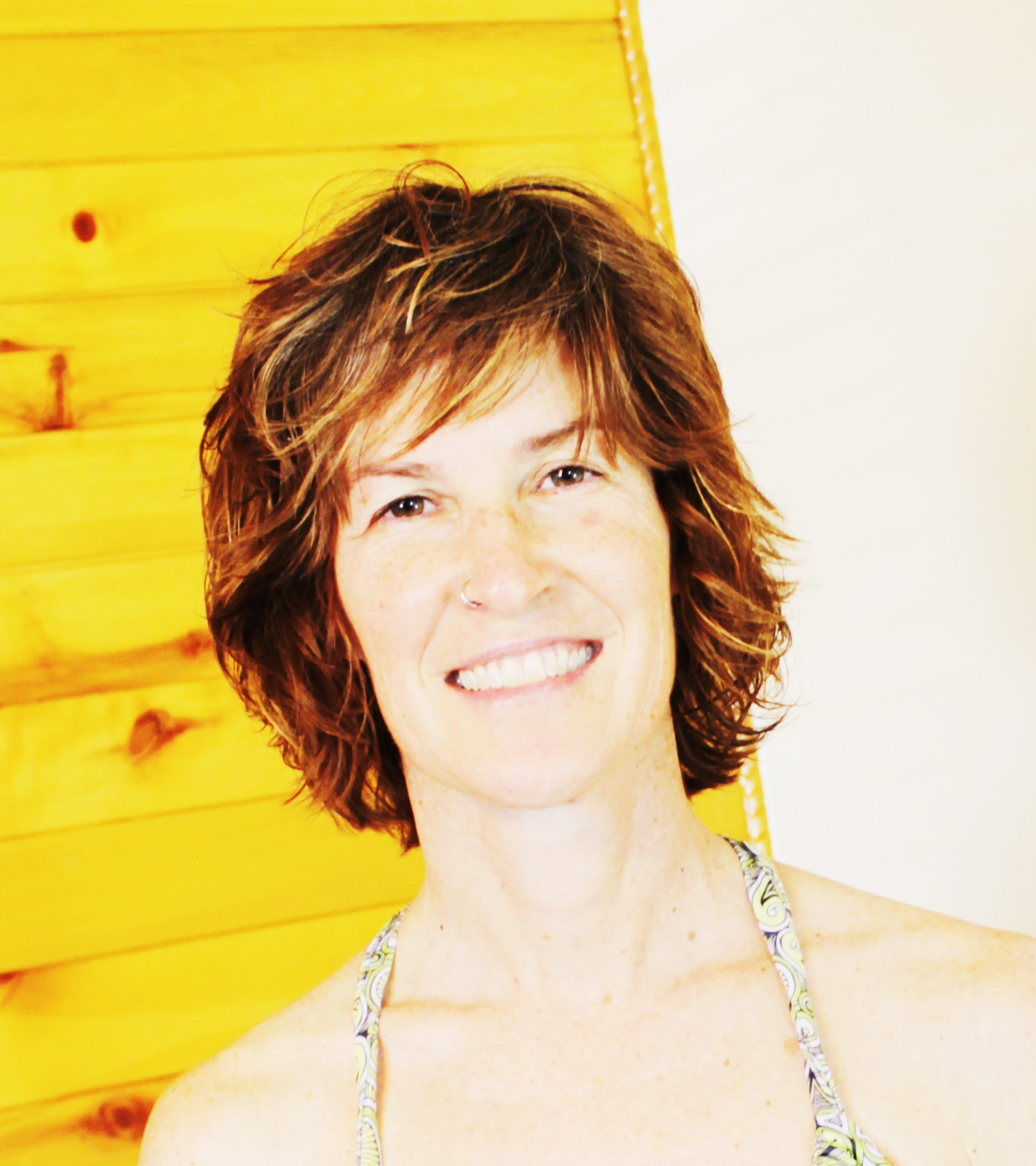
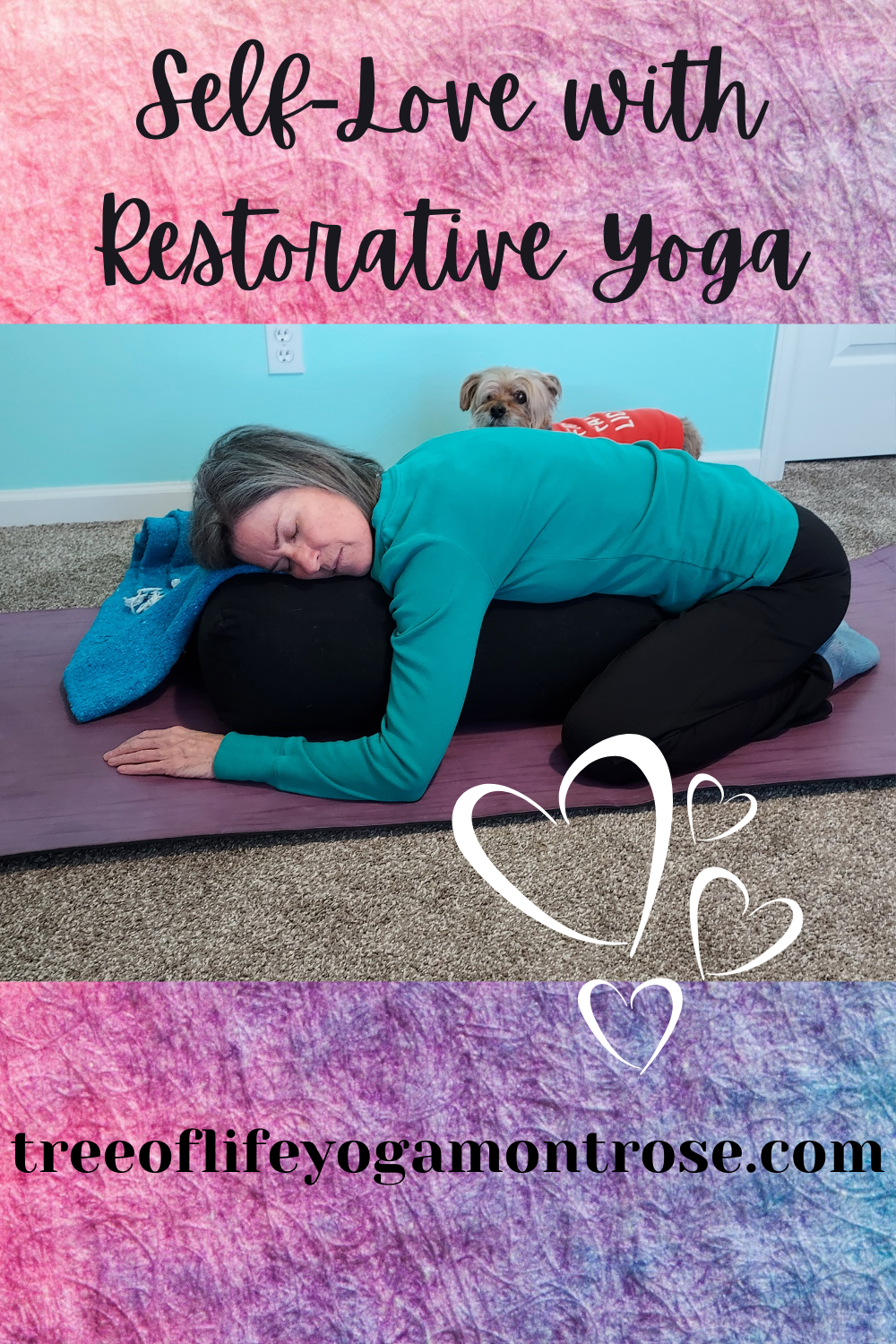


Sharon
February 22, 2022 10:30 amThank you so much for this walk-through on the benefits and the challenges that come with this pose. It can be very relaxing when done correctly.
Julie
February 22, 2022 10:40 amI love savasana so much! 🙂
Marta
February 21, 2022 7:57 pmI have fallen asleep in savasana so many times, I’m embarrassed to admit it, LOL! It may be my body’s way of telling me I need to slow down a bit.
Julie
February 22, 2022 10:41 amYes, that is probably true Marta! I’ve had more than a few students fall asleep in savasana over the years! 🙂
Amber Myers
February 21, 2022 3:53 pmI will be honest, I’d probably just end up taking a nap. If I’m on the floor like that covered, my body will be like “night!”
Julie
February 21, 2022 6:43 pmI have had a few people fall asleep in savasana over the years!! 😀
Nina
February 21, 2022 2:06 pmI am not super familiar with yoga but I can see how this could be a challenge for me. I am always on the move so this is something that I could defiantly benefit from!
Julie
February 21, 2022 6:43 pmYes, it is beneficial to come into the stillness! 🙂
Megan
February 21, 2022 1:41 pmIt can be so hard to focus my mind on just breathing and relaxing…but I know it is so important to take that time for your body to be at rest!
Julie
February 21, 2022 6:44 pmIt is a skill that definitely improves with practice! 🙂
vidya
February 13, 2021 1:25 amwhile it has been a while since i did savasana, i agree it is tough not to let my mind wander.. since it is normally at the end of the class or session, i often find myself starting to think about the to-dos for the rest of the day..
Julie
February 13, 2021 8:33 amYes, it is a challenge to stay within the present moment! Worthy to pursue to get better at doing this!
Nishtha
July 29, 2020 11:51 amLove reading your yoga posts! Have tried some of them including savasana and yes it is hard! Surya namaskar is another one that I like. Thanks for sharing!
Julie
July 29, 2020 3:26 pmThank you Nishtha! The practices of yoga have so much to offer us. Thanks for reading 🙂
Mae
July 29, 2020 11:22 amI absolutely agree that savasana is very difficult. It’s hard to quiet the mind and it takes a lot of practice to do this.
Julie
July 29, 2020 3:29 pmI love savasana. It does take practice to be able to really surrender in savasana. The benefits are sure worth the practice 🙂 Thanks for reading and commenting!
Audrey
July 29, 2020 9:00 amSuch fantastic tips for the savasana pose. Your tips on how to do yoga poses have really helped me. Thank you so much.
Julie
July 29, 2020 9:24 amThank you Audrey! Enjoy your savasana 🙂
health insurance
May 4, 2020 5:45 pmWow cuz this is great work! Conrats and keep itt up!
Julie
May 7, 2020 8:28 amThanks for reading! 🙂
Anitra
October 21, 2019 8:08 pmSavasana, yes!! It is a nice pose. I need to get one of those eye pillows! They look amazing!
Julie
October 23, 2019 9:07 amLife is better with savasana!! The eye pillows are fabulous 🙂 For my yoga classes I heat them up on a heating pad so they will be warm and ready for savasana, ahhhh!
Jazzy's Mama
October 21, 2019 12:56 pmGreat tips, I especially love the eye pillow. This would be great for bedtime also!
Julie
October 21, 2019 1:07 pmWhen my daughter was a teenager, she often liked to have me guide her through savasana as she then felt more relaxed for sleep! 🙂
elisabeth Basford
April 2, 2019 11:47 amI live yoga and meditation. I would be interested to know if you have done any videos. Yoga is so good for my back.
Julie
April 2, 2019 3:05 pmHi Elisabeth!
Yes, as a matter of fact, I do have a YouTube channel with yoga videos. I try to add a couple of new videos per month. You can subscribe/view them here: https://www.youtube.com/channel/UC3fZdmZThlIaBXrCGMOjcBQ?view_as=subscriber I hope you find some videos you like. I also take requests!! 🙂
Sharon
March 31, 2019 2:48 pmI adore ending the Yoga with Savasana. I very much agree it is not the “easy” or “do nothing” end to a Yoga session. Most times it is amazing, just what I need and some days (like today) I couldn’t settle down. Our studio has relocated maybe that lent to the experience being strained. Thank you for this post me reading it was very timely especially since today’s Savasana wasn’t the greatest.
Julie
April 1, 2019 8:38 amIt’s true that some days our Savasana will feel more settled than others for a number of reasons. I can see how the relocation of the studio could affect your comfort level and make it more difficult to settle in. Thank you for sharing your experience! 🙂
Claire Elise
March 14, 2019 11:50 pmI’m still fairly new into my Yoga journey but Savasana is definitely one of my favorite poses. I didn’t know that it is considered to be one of the most important poses though — I thought I was just being lazy (ha!) so I don’t always do it. But you’re right, it really is more difficult than it would seem to fully relax into it and turn off the mental chatter. I guess that’s why it’s that much more important to practice! Thank you for helping me to deepen my understanding of this pose. I’m going to start doing it at the end of my Yoga routine now 🙂
Julie
March 15, 2019 8:07 amHi Claire!
One nice thing about writing a blog is reminders to yourself about what we value!! Sometimes when preparing a class to teach I would skip doing a savasana. Now after writing this post, I practice savasana after every yoga practice. Writing the post reminded me of its importance! 😀
Monica
March 13, 2019 8:05 amI totally understand why this is the hardest asana to do. I always wait for it with excitment but when I am in this pose, especially in the beginning, it was really hard for me to relax fully and deeply. I was always thinking about something else. But of course with more practice it definitely feels better and easier to relax. Thank you for sharing all this interesting information witt fellow yogis like me! ❤
Julie
March 13, 2019 8:18 amHi Monica!
I’m glad to connect with a fellow yogini! Savasana definitely becomes easier with practice and what a wonderful treat to give ourselves. Thanks for visiting and commenting 🙂
Marny
March 12, 2019 2:15 pmDo you ever recommend using a mantra while you do Savasana? Or should meditation be separate effort? I like the universal mantra . I thought I might try using it while I do Savasana.
Julie
March 12, 2019 8:03 pmHi Marny,
You can certainly use a mantra during savasana. The mantra can be your anchor to come back to when the mind wanders. I should bring this up in class as it may be helpful to others as well! Thanks for reading! 🙂